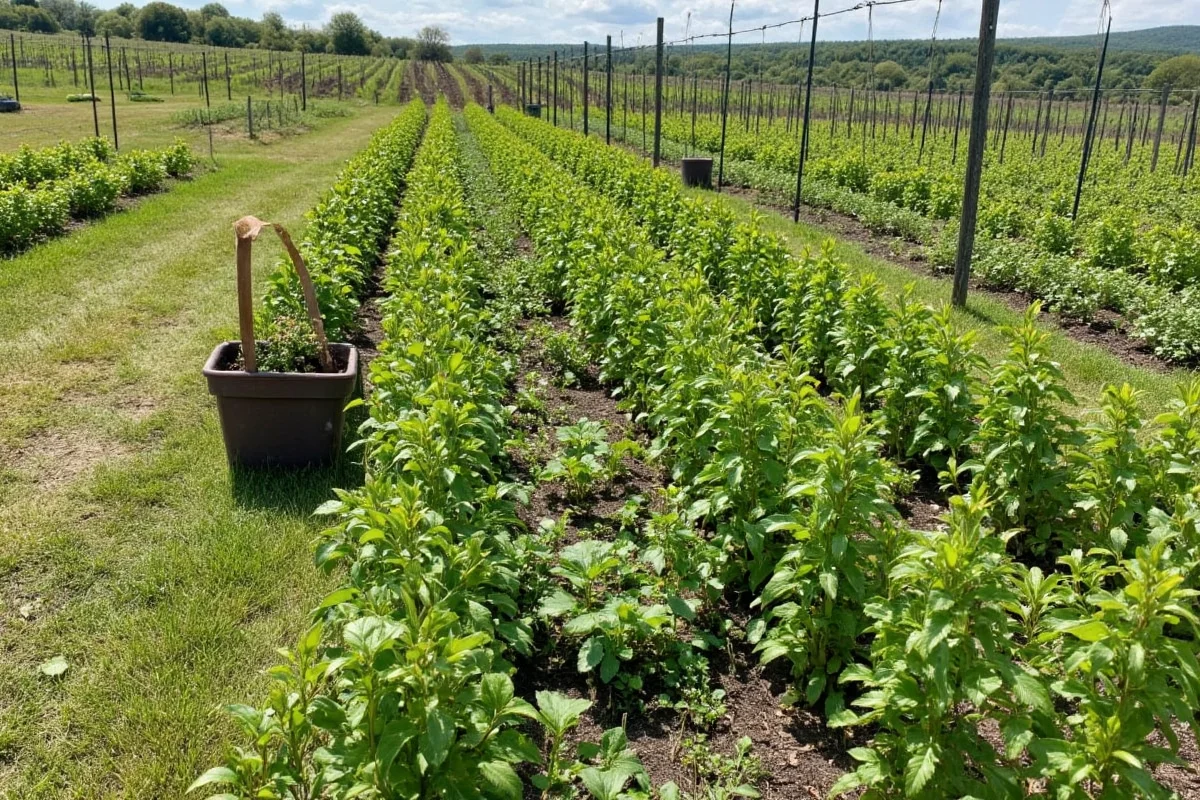Cacti and succulents are often grouped together due to their shared traits, such as their ability to store water and thrive in arid environments. However, it's important to recognize their distinct differences, which can be crucial for gardening enthusiasts and professionals alike. This article aims to explore these differences in detail, providing insight into the unique characteristics, care requirements, and types of both cacti and succulents, supporting the reader in understanding how to identify and nurture these remarkable plants.
Understanding Succulents
Succulents are a diverse group of plants known for their thick, fleshy tissues that store water. This adaptation allows them to survive in environments with infrequent rainfall. They come in various shapes, sizes, and colors, offering a wide array of options for gardeners.- Water Storage: Succulents are equipped with specialized leaves, stems, or roots designed to retain water, allowing them to endure dry spells.
- Variety: They come in diverse forms such as rosettes, trailing vines, or columnar shapes, and can be found in numerous families of plants.
- Care: Succulents generally require minimal water and well-draining soil. Overwatering can lead to root rot, one of the common problems faced by gardeners.
Characteristics of Cacti
Cacti are a specific subset of succulents, distinguished by their unique morphological features. Originating primarily from the Americas, they have evolved impressive adaptations to survive harsh desert conditions.- Areoles: One of the defining features of cacti is the presence of areoles, small cushion-like structures from which spines, flowers, or new branches grow.
- Spines: Most cacti have spines instead of leaves, which serve to protect the plant from herbivores and minimize water loss by reducing air circulation near the plant's surface.
- Water Conservation: Cacti possess a thick, waxy cuticle to conserve water and reduce evaporation.
Growing Conditions: Cactus vs. Succulent
Despite their similarities, cacti and succulents have different growth requirements. Understanding these differences can help gardeners cultivate them successfully.- Cacti Growth Needs: Generally require bright sunlight and tolerate high temperatures very well. They thrive in arid conditions with occasional watering.
- Succulent Growth Needs: Favor bright, indirect light and can tolerate partial shade. Susceptible to sunburn if exposed to direct intense sunlight.
- Soil Requirements: Both prefer well-draining soil. Cacti often do best in sandy, lean soils, while many succulents grow well in richer, more organic mixes.
Diversity and Examples
Both cacti and succulents exhibit incredible diversity, offering a multitude of options for plant collectors and gardeners.| Type | Examples | Origin |
|---|---|---|
| Cacti | Barrel Cactus, Christmas Cactus, Prickly Pear | Primarily Americas |
| Succulents | Jade Plant, Echeveria, Aloe Vera | Various including Africa, the Americas, and Asia |
Common Misconceptions
Due to their similar appearances and care needs, succulents and cacti are often confused. Clarifying these misconceptions can enhance understanding.- All Succulents are Cacti: This is not true. While all cacti are considered succulents due to their water storage properties, the reverse is not true.
- Easy Care: Both are often labeled as easy-care plants, but incorrect watering techniques, inappropriate lighting, and unsuitable soil can lead to their demise.
- Spines as Thorns: Cacti spines are frequently misidentified as thorns; however, thorns are modified branches whereas spines arise from areoles.
In conclusion, while cacti and succulents share many traits, they are distinct in their features and care requirements. Understanding these differences enables gardeners to better select, nurture, and integrate these plants into their environments. Whether you're a novice plant lover or a seasoned gardener, recognizing the unique aspects of cacti and succulents can enrich your appreciation of these fascinating plants and enhance your gardening experience.











 浙公网安备
33010002000092号
浙公网安备
33010002000092号 浙B2-20120091-4
浙B2-20120091-4